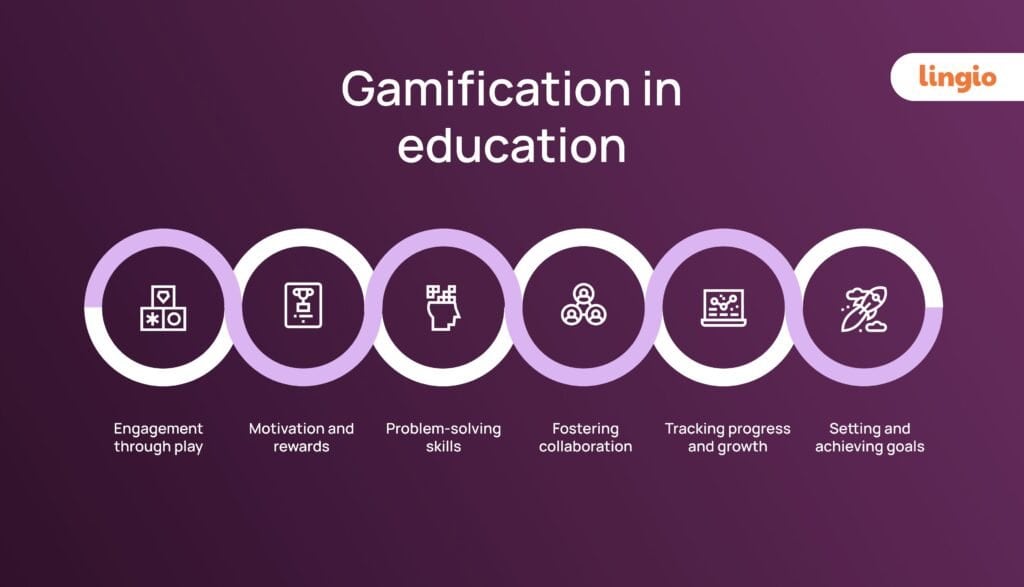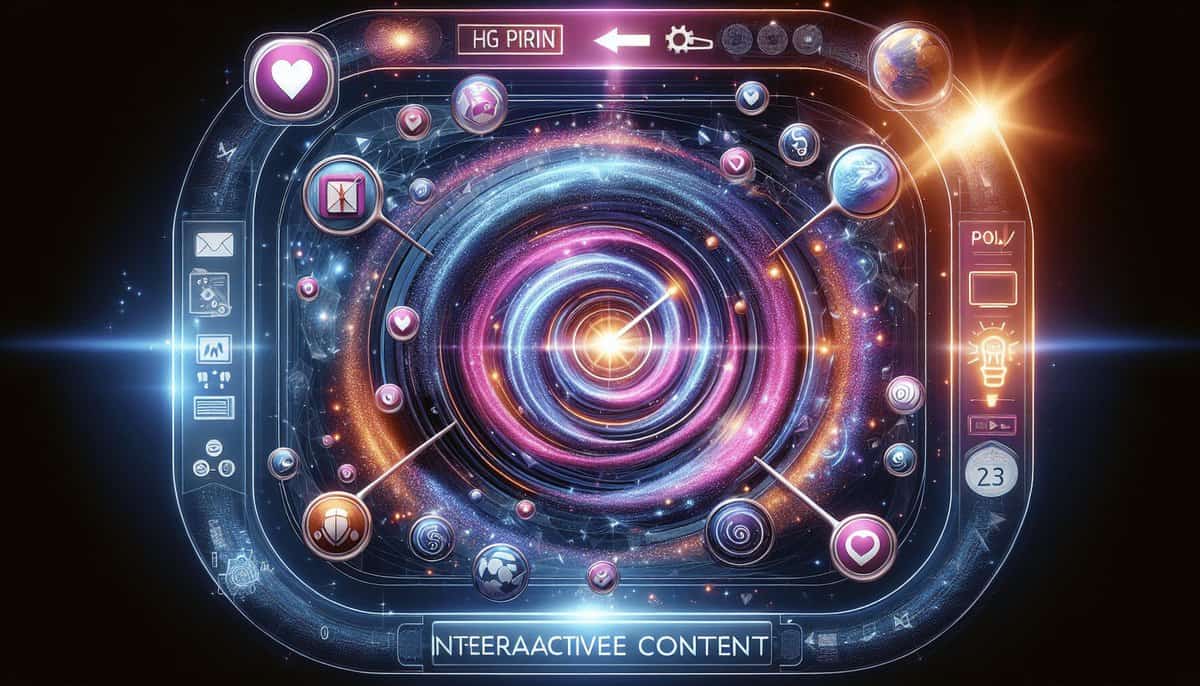Unlocking higher levels of engagement in your digital endeavors can sometimes feel like an uphill battle, but gamification might just be the game-changer you need. In “Solving the Problem of Low Engagement with Gamification,” you’ll discover how integrating elements of game mechanics into your marketing strategies can create a more compelling and interactive user experience. From leveraging points, badges, and leaderboards to incorporating challenges and rewards, you’ll learn actionable steps to transform user interaction into a dynamic and enjoyable journey. Dive in and explore how turning mundane tasks into an engaging game can not only capture attention but also foster long-term loyalty. Have you ever found yourself frustrated by low engagement rates despite your best efforts to create compelling content? If you’re nodding your head, you’re not alone. Many affiliate marketers struggle with keeping their audience engaged and coming back for more. But what if I told you there’s a fun and effective method to boost engagement that you might not have fully explored yet?

Solving the Problem of Low Engagement with Gamification
In this article, we’ll dive into gamification—a strategy that turns mundane tasks into compelling and engaging experiences. Whether you’re an advanced affiliate marketer looking to refine your techniques or someone just getting started, understanding how to incorporate elements of gamification can be a game-changer (pun intended) for your engagement metrics. So, buckle up and get ready to level up your affiliate marketing game!
What is Gamification?
Before we jump into the nuts and bolts, it’s crucial to understand what gamification actually is. Simply put, gamification involves incorporating game mechanics into non-game contexts. Think of loyalty programs, badges, and leaderboards—they’re all examples of gamification in action.
Why is gamification effective? Humans are naturally competitive and love rewards. By leveraging these aspects, you can turn routine activities into enjoyable experiences, thus encouraging users to engage more frequently and deeply with your content.
The Psychology Behind Gamification
Intrinsic vs. Extrinsic Motivation
Let’s break down how gamification works on a psychological level. Motivation can broadly be categorized into intrinsic and extrinsic types. Intrinsic motivation comes from within—people are driven by internal rewards like personal growth or a sense of accomplishment. Extrinsic motivation, on the other hand, comes from external rewards, such as money or prizes.
Gamification taps into both intrinsic and extrinsic motivations. Badges, leaderboards, and points act as extrinsic motivators, while the sense of achievement and personal growth serve as intrinsic motivators.
The Power of Small Wins
Ever heard of the concept of “small wins”? When users achieve small goals, it creates a sense of accomplishment and motivates them to keep going. Gamification makes it easier to provide these small wins, whether through micro-rewards, leveling up, or unlocking new content.
Key Elements of Gamification
Points and Leaderboards
Points act as a currency for completing tasks. They are simple but effective in providing immediate feedback to the user. Leaderboards add a competitive edge, showing users where they stand in comparison to others.
Badges and Rewards
Badges are symbolic rewards that represent achievement. They can be given for various milestones, such as completing a course or reaching a certain level. Tangible rewards like discounts or exclusive content can also serve as powerful incentives.
Challenges and Quests
Challenges provide structured activities that users can engage in. Quests, often a series of challenges, can make the engagement more compelling by providing a narrative or story to follow.
Progress Bars and Levels
Progress bars visually indicate how close users are to completing a task, which can be highly motivating. Levels add a hierarchical structure, pushing users to achieve more and unlock higher levels.
How to Incorporate Gamification in Affiliate Marketing
Develop a Points System
Creating a points system is a good starting point. Award points for actions like clicking links, sharing content, or making purchases. These points can then be redeemed for discounts, exclusive content, or other valuable rewards.
Leaderboards for Competitiveness
Incorporate leaderboards to show top performers. Share weekly or monthly updates to keep the competitive spirit alive. This will encourage users to continuously engage with your content to climb the ranks.
Badge and Reward Mechanisms
Create different badges for various milestones. For example, if you’re promoting fitness products, you could offer badges for completing workout challenges. These badges can be displayed on user profiles, adding a social dimension to the engagement.
Design Challenges and Quests
Challenges can include quizzes, surveys, or specific actions like sharing content. Combine them into quests for a more immersive experience. This not only makes the interaction fun but also educates the audience about the products or services you are promoting.
Use Progress Bars
Implement progress bars to show users how close they are to earning a reward. This visual cue can significantly boost motivation and increase engagement.
Case Studies: Gamification in Action
Nike Run Club
Nike’s Run Club app is a fantastic example of how gamification can drive engagement. The app includes features like points for every run, badges for achieving specific goals, and leaderboards to compare performance with friends. As a result, users are not just passive participants; they become active, engaged members of a community.
Duolingo
Duolingo, a language learning app, uses gamification elements like streaks, badges, and leaderboards to keep users motivated. The app also incorporates levels and progress bars to show how close users are to their goals, making learning a new language fun and engaging.
Implementing Gamification: Step-by-Step Guide
Identify Your Goals
Start by identifying the main goals you want to achieve. Are you looking to boost traffic, increase click-through rates, or drive more sales? Your goals will define what kind of gamification elements to incorporate.
Know Your Audience
Understanding your audience’s preferences and behaviors is crucial. Conduct surveys or use analytics to gather data. For example, younger audiences may respond better to social badges and leaderboards, while older audiences might prefer tangible rewards.
Choose the Right Gamification Elements
Different elements of gamification serve different purposes. For instance:
| Element | Purpose |
|---|---|
| Points | Immediate feedback |
| Leaderboards | Competitive spirit |
| Badges | Achievement recognition |
| Rewards | Tangible incentives |
| Progress Bars | Visual motivation |
| Challenges | Engagement through tasks |
| Quests | Narrative-based engagement |
Develop a Strategy
Once you have chosen your gamification elements, it’s time to develop a comprehensive strategy. Create a roadmap outlining how and when you’ll incorporate these elements. For example, start with a simple points system and gradually introduce leaderboards and badges.
Implement and Test
Implement the gamification elements and test them in a pilot program. Use A/B testing to see what resonates best with your audience. Collect data and feedback to make improvements.
Analyze and Iterate
Analyze the data to see how effective your gamification strategy is. Look at metrics like user engagement, click-through rates, and conversions. Use this data to tweak and improve your strategy continually.
Common Pitfalls and How to Avoid Them
Overcomplicating the System
While it’s tempting to use all the bells and whistles, overcomplicating the system can confuse users. Start simple and gradually add complexity.
Ignoring User Feedback
User feedback is invaluable. Ignore it, and you risk missing out on crucial insights that could improve your strategy. Regularly solicit feedback and adjust your approach accordingly.
Focusing Solely on Extrinsic Rewards
While extrinsic rewards are important, don’t neglect intrinsic motivators. Balance tangible rewards with elements that offer personal growth or a sense of achievement.
Tools and Platforms for Gamification
Gamify
Gamify is a versatile platform that offers a range of gamification tools. From points systems to leaderboards, it allows you to customize elements to fit your needs.
Badgeville
Badgeville is another popular platform that focuses on creating engaging experiences through badges, leaderboards, and activity streams. It provides robust analytics to help you track the effectiveness of your gamification efforts.
Bunchball
Bunchball is known for its powerful analytics and customization options. It offers a range of gamification elements, including points, badges, leaderboards, and challenges.
Final Thoughts
Gamification is more than just a trend; it’s a proven strategy for boosting engagement. By understanding the psychology behind it and incorporating key elements like points, badges, leaderboards, and challenges, you can create a more engaging experience for your audience. Remember to start simple, gather feedback, and continually iterate to keep your strategy effective.
So why not give gamification a try? It could be the missing piece in your affiliate marketing puzzle, helping you to turn passive users into active, engaged participants.
Feel free to share your thoughts and experiences with gamification in the comments below. And go ahead, implement these strategies and watch your engagement soar!
There you have it, a comprehensive guide to resolving low engagement with gamification. If you’ve reached this point, you’re well on your way to transforming your approach to affiliate marketing. Ready to take your strategy to the next level? Start gamifying your content today!





